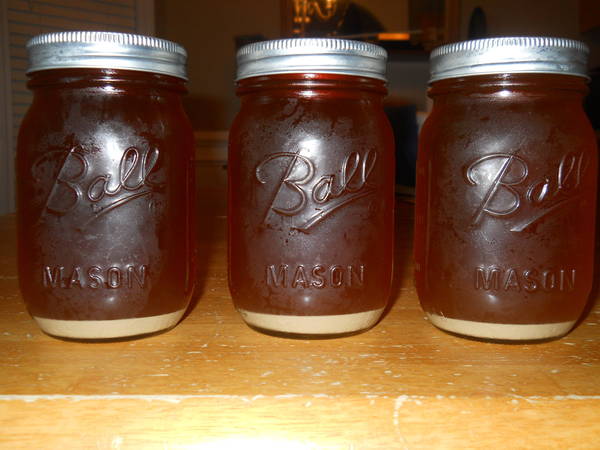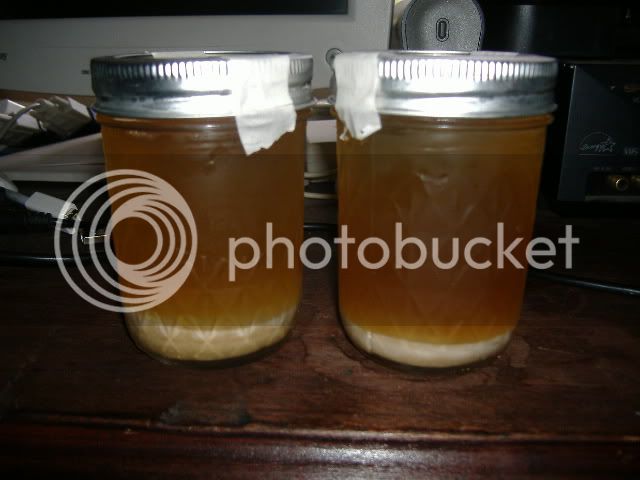Because when you wash the yeast, you are only leaving it long enough for the carp to settle out but not the yeast. If you wait too long, the yeast will settle to the bottom, too.
When you make the starter, the yeast has had plenty of time to settle to the bottom.
When you make the starter, the yeast has had plenty of time to settle to the bottom.
















































![Craft A Brew - Safale BE-256 Yeast - Fermentis - Belgian Ale Dry Yeast - For Belgian & Strong Ales - Ingredients for Home Brewing - Beer Making Supplies - [3 Pack]](https://m.media-amazon.com/images/I/51bcKEwQmWL._SL500_.jpg)











